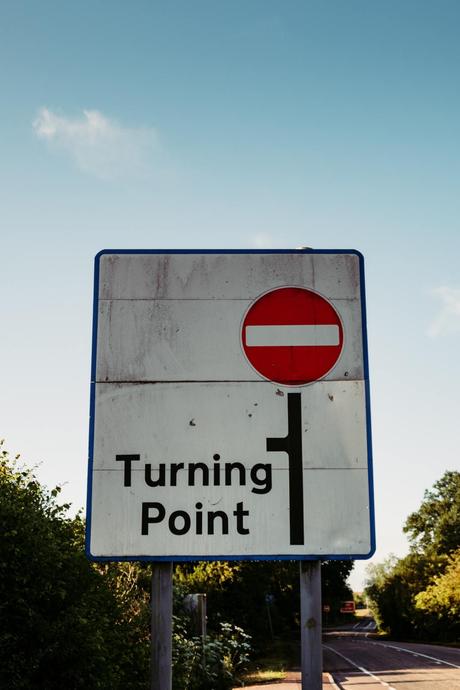
On March 10, 2023, Johns Hopkins University's Coronavirus Resource Center officially stopped collecting new data. The site became a hub for information during the pandemic and a centralized way to understand the spread of the virus and the global response to the virus. As of March 10th, they had logged 6,881,955 deaths worldwide, with 1,123,836 of those deaths occurring in the United States. These numbers are almost certainly underreported for a variety of social and political reasons, and we'll be looking to understand the full impact of the pandemic for years to come.
As of Friday, the WHO stated that they expected to declare an end to the pandemic sometimes in 2023. We will eventually move from pandemic to endemic as COVID-19 ceases to have a significant impact on peoples' daily lives. In going out into the world, you'd be forgiven that we had long since moved on from the pandemic. Aside from the occasional mask-wearing individual, there is little residual evidence that we are still in the midst of a pandemic. In most ways, we have seemingly returned to "normal".
In many ways, this desire to return to some semblance of "normal" is an expected reaction to such a devastating period in human history. We each find comfort in our version of normal. Think about your feelings when your regular routine is upended by and unexpected emergency, no matter how big or small it may be.
Our own normalcy biases help explain why we were so slow to react to the pandemic in the first place. This tendency to think things will continue to function the way they always have and therefore underestimate the potential of a disaster and its likely effects is powerful. Remember the giant spring break crowds in 2020 that made many of us cringe as we first started talking about "super spreader events"? It took far too long for us to take the pandemic seriously and we all suffered the consequences. Some folks refused to ever take it seriously.
This same normalcy bias that helped explain our initial reaction to the pandemic can also help us understand the ways in which we've "moved on". There is comfort in "normal", even if there isn't safety, and we very badly want to cling to that comfort. We look for it all around us, especially as we are coping with the unexpected. The fact that we now hear relatively little about the pandemic in the news, and it is no longer the favored topic of virtual water cooler conversation is no coincidence. We'd just assume forget it ever happened and instead exist in our normalcy bubble.
Ironically, that same desire for normal is also continued to disrupt our lives in other ways. Businesses and universities continue to wrestle with work-from-home policies as employees demand more flexibility after getting a taste of it the past three years. The healthcare industry struggles with how to best meet the needs of an employee base that is burnt out after three long years.
Perhaps "normal" is itself the problem. When we look back at the social justice movements that have swelled in the past three years, it becomes pretty clear that "normal" wasn't working for a whole lot of folks. The disruption of "normal" caused by the pandemic, coupled with catalyzing events like the murders of George Floyd and Breonna Taylor, opened a door for us to question the equity of "normal". Many pushed back against these protests, while others more begrudgingly jumped on board.
Each of us struggles with the conflict between our desire for "normal" and our recognition that our current version of "normal" just isn't working. Perhaps instead of being so quick to want to return to the way things were, we can be more intentional in asking how things might be in the future, and working collectively to push that vision. Normalcy has become the opiate of the people, and it's a powerful force. Let's hope our pushback continues to be stronger.
